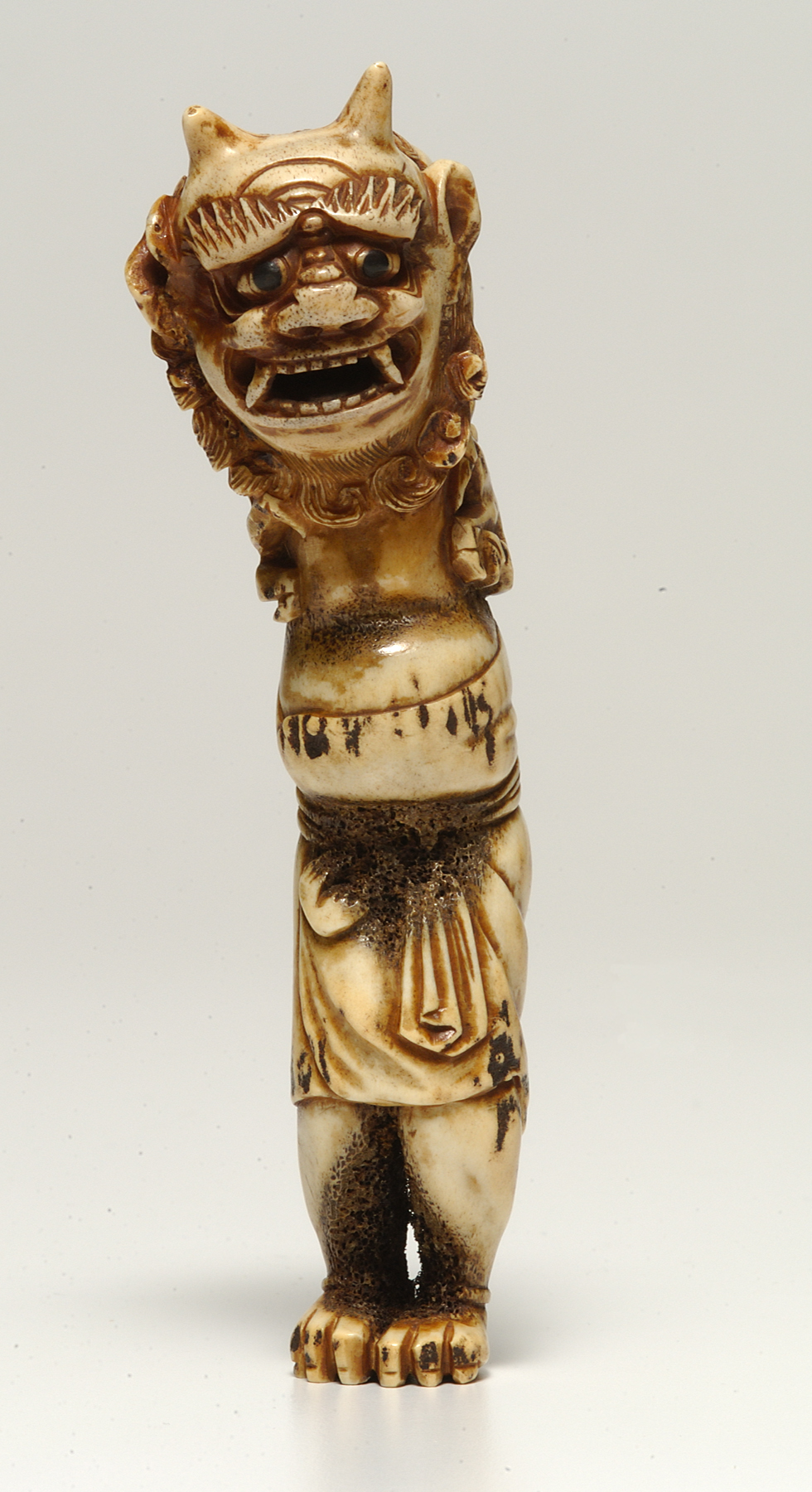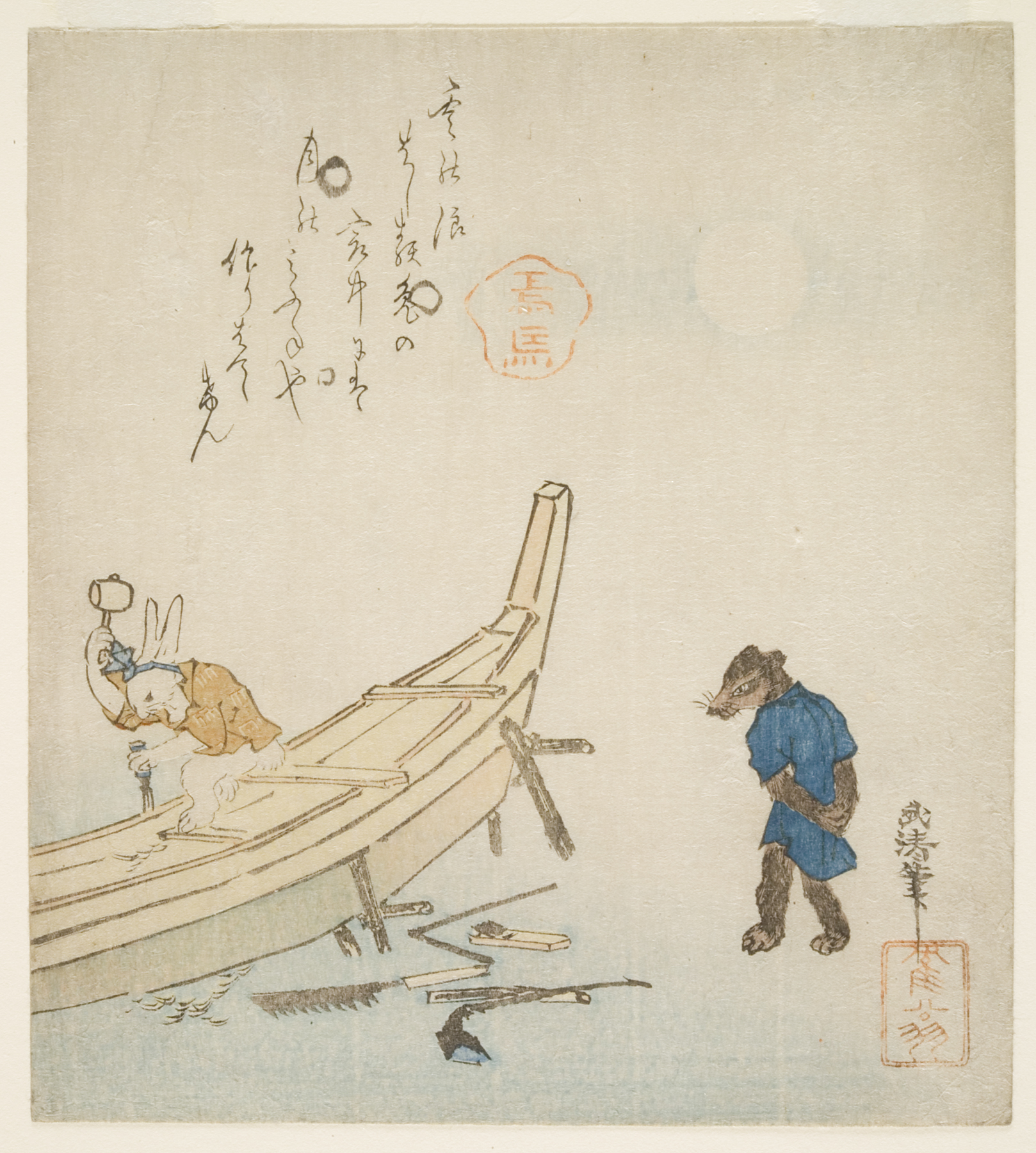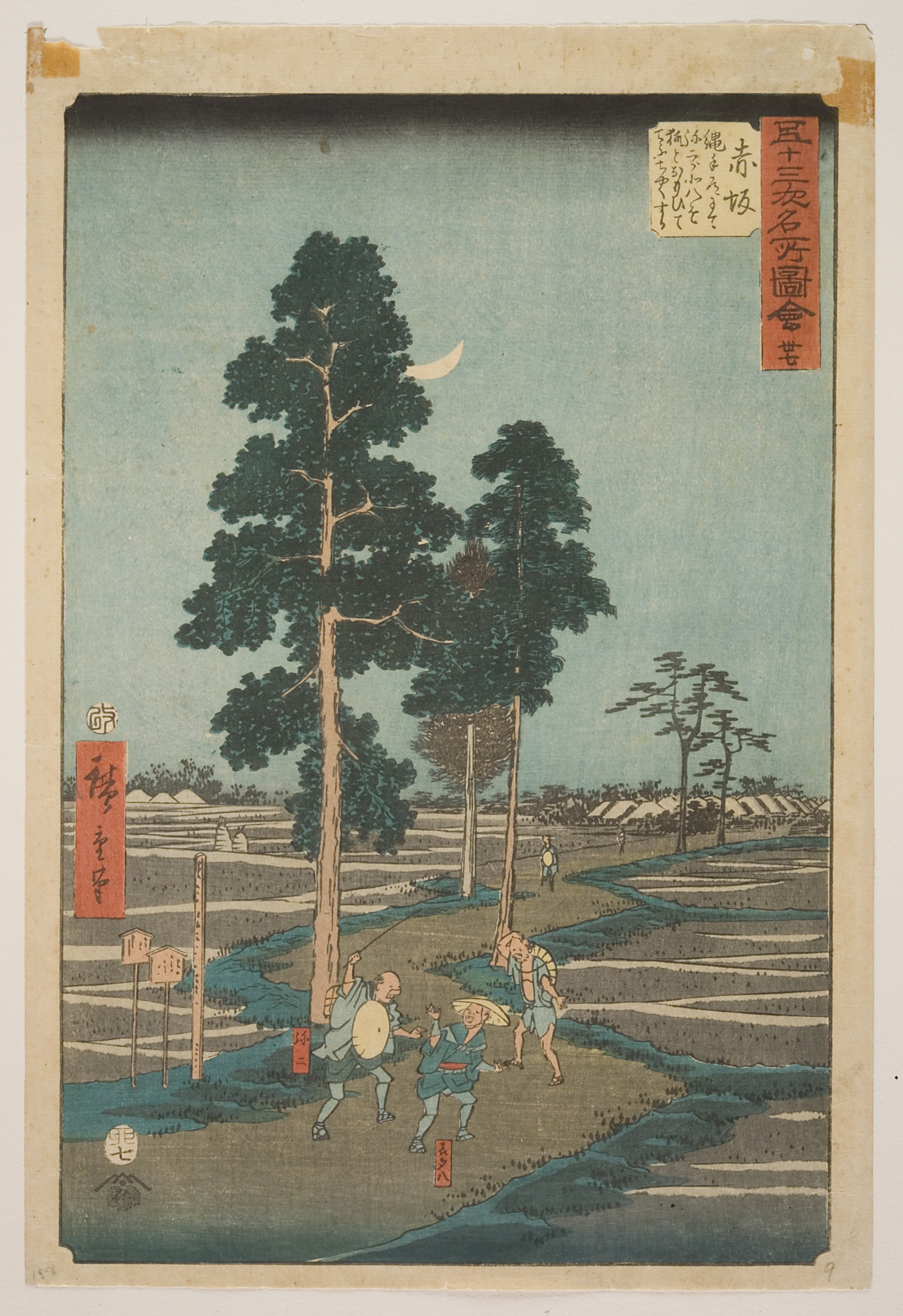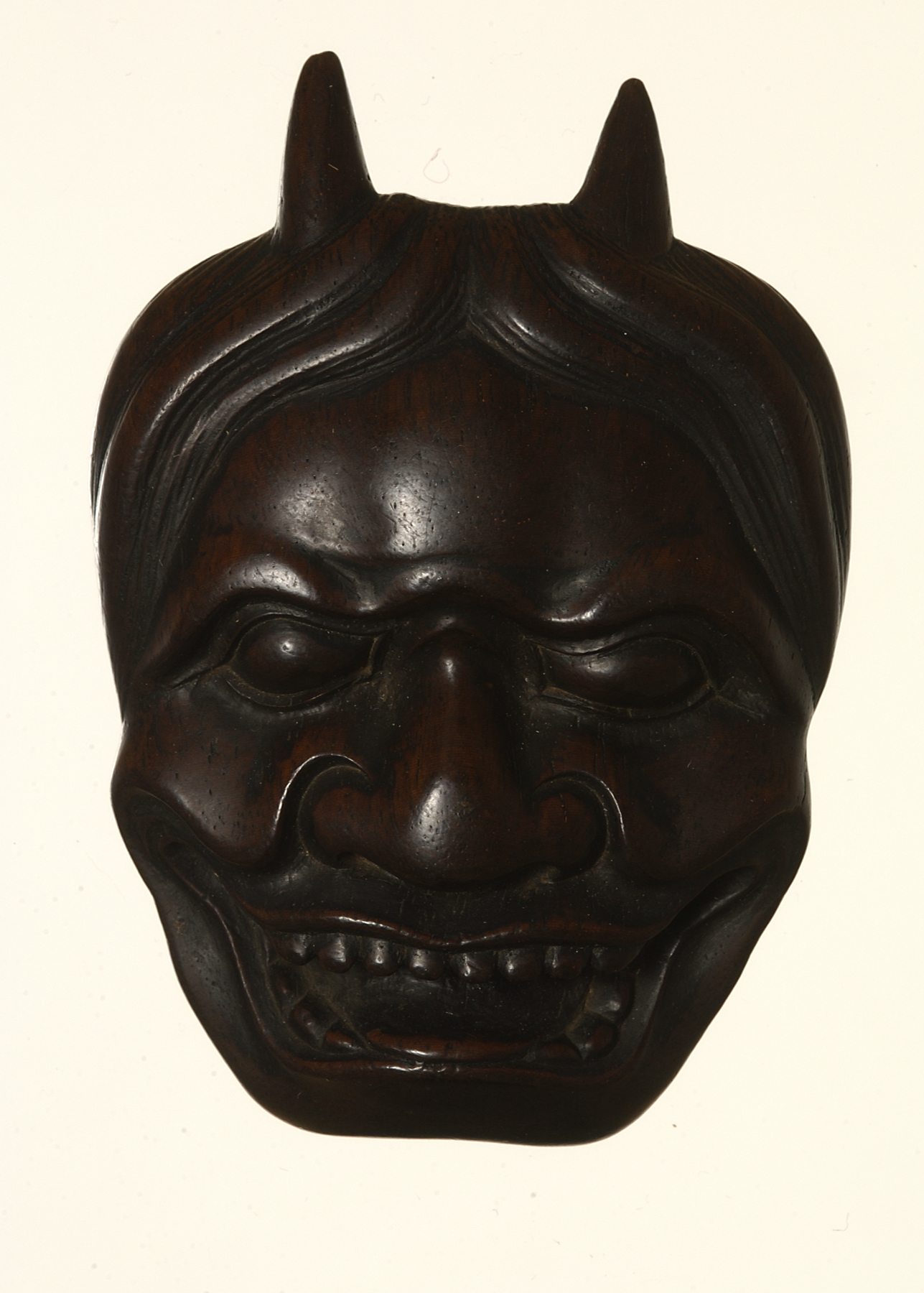Japanese Ghosts and Demons: Art of the Supernatural
Exhibition Overview

Japanese art, particularly during the Edo period, portrays a host of fascinating supernatural beings. The museum's collection of 19th century wood-block prints, supplemented by loans, was drawn upon for this popular exhibition which opened at the Asia Society Galleries in New York City. The catalogue and programs were supported by the National Endowment for the Humanities.




![Humourous Record of Japanese History [One Hundred Devils Out at Night], Utagawa Yoshiiku](https://sma-search-api.ku.edu/271eaba00a5896ad7d382f6b3cfa5eeedb2599d8ed4071cc8fc9bad7b36fd308/1984.0059.d,e,f.jpg)
![Humourous Record of Japanese History [One Hundred Devils Out at Night], Utagawa Yoshiiku](https://sma-search-api.ku.edu/271eaba00a5896ad7d382f6b3cfa5eeedb2599d8ed4071cc8fc9bad7b36fd308/1984.0059.g,h,i.jpg)







































